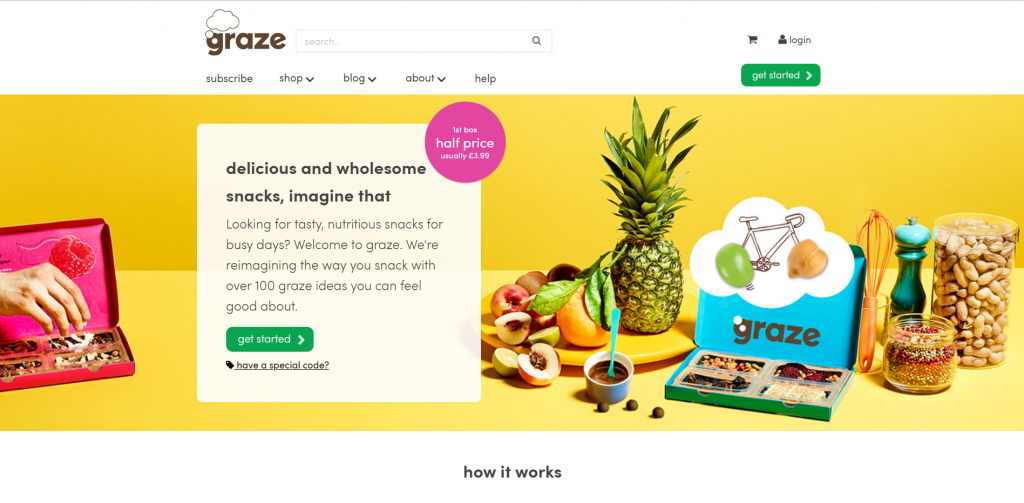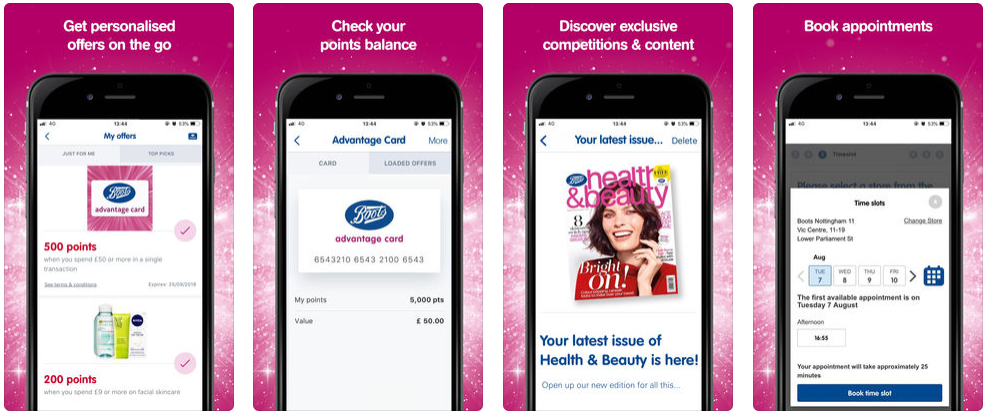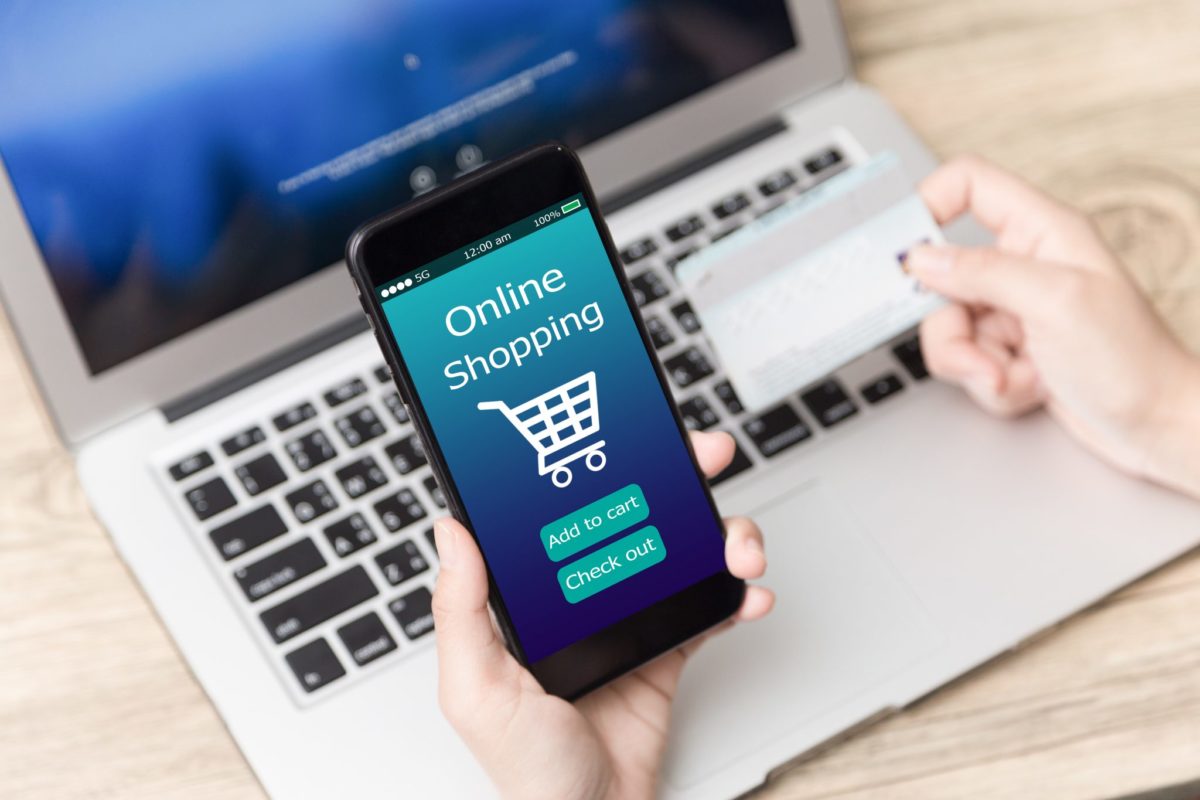1. Improve your website
When I launched Boots the Chemist’s first website in 1996, it was not ecommerce. It was not until 2000 we added online shopping facilities. Even then the range of products available was limited. Today it is essential to have a mobile-first welcoming website that is easy to navigate around, find the item(s) you want, add to basket and then check out.
2. User Experience (UX)
Many companies are realising the importance of placing increased emphasis on UX – user experience. For retailers, it is essential to give potential buyers the best possible UX to ensure they make it as far as the checkout and complete their purchase. One UK retailer that has attracted a lot of attention in this respect is Graze. Their website is visually appealing with good product imagery and it is clear what the company does. When it comes to choosing your product, the navigation is simple to lead you to the product selection of your choice.

3. Apps
Above I mentioned the importance of making your website mobile-friendly. In 2017 almost 59% of digital buyers in the UK, which corresponds to over 25 million people, made online purchases using their smartphone (Ecommerce news).
This was also recognised by John Lewis who found that 56% of orders for fashion are now from mobile devices, and mobile is now the first point of interest even if the purchase is made elsewhere. The company has therefore been investing not just in developing its mobile website but also its mobile app experiences. As a result, it regularly tops polls of mobile-friendly online retailers.
Apps can be used for numerous functionalities – most apps are purchased through an ‘app store’ but other channels are opening their doors to the app market such as Facebook. For example in the US, the jewellery retailer Zales held a contest in which fans submitted “the most epic proposal ever.” The grand prize for the ultimate proposal was a free engagement ring and a trip to Mexico. With easy access to video recorders through webcams and smartphones, fans could easily record and upload their proposal schemes. To demonstrate the strength of this contest, even the “contest is now closed” post received nearly 1,000 shares and over 11,000 likes.

4. Multichannel/omnichannel
Retailers are making great advances in using multichannel marketing with many now using their digital agency to be responsible for both advertising and digital marketing strategy. The idea is that having one agency in charge will result in more coherent and impactful campaigns, both on and offline.
Christmas is the time when John Lewis excels at multichannel marketing. The annual John Lewis Christmas ad continues to make a significant impact on television and is also amazingly successful on social media. The combined reach of these channels has so far kept John Lewis at the top of the list when online shoppers are deciding where to go for their click-and-collect purchases at Christmas.
5. Linking online to store
Many of the large retailers such as Next and Marks & Spencer are making a success of click and collect, where customers buy online and collect in store. This is a growing trend which has improved the speed and convenience of the customer experience in many retail businesses.
Other stores are adding digital revenue streams into their stores. Whilst at Boots I launched a mobile app to handle photo printing and collecting. Influenced by the success of its parent company Walgreens in this arena, the Boots app enables customers to select photos to print from either their camera roll or their social media photo albums. Their printed photos can then be picked up in an hour from their most convenient store.

This is a great example of a retailer adding a revenue stream that is mobile-first and also drives visitors to the store. The Boots app also handles appointment booking and online shopping and we can expect to see more technological innovation as Boots continues to develop in terms of multichannel sales and greater loyalty.
Whilst the examples mentioned in the above five strategies are from the retail sector, many of them are general digital marketing strategies that can be usefully applied to any type of business. At Hallam, we have experience of helping clients across a range of sectors improve their digital marketing strategy which usually includes the above elements.
To discover further how Hallam can help you develop and implement your digital strategy, please contact us.




